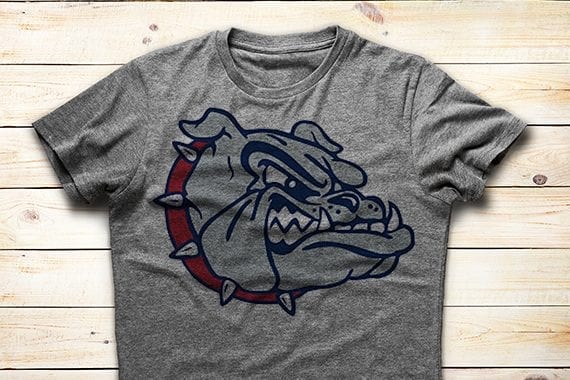Sometimes ecommerce challenges seem to need a custom solution when, in fact, they simply need a different approach.
As a case in point, about a week ago, a friend, Roy, approached me with concerns about his custom printing business. Roy’s customers are sports teams, small businesses, or non-profit groups that want custom screen-printed or embroidered apparel.
Custom Apparel
I met Roy at the Starbucks down the street from my office. He bought me a breve latte. I was already familiar with Roy’s business, but he started by making it clear his business has always operated with old-fashioned printed order forms.
Imagine the local high school football coach wants to order custom printed t-shirts, hoodies, and hats for his players and fans to purchase as part of a “spirit pack.”
Roy’s company would develop the designs, give the coach a few proofs to select from, and eventually supply printed order forms for the coach to distribute.
Each player or fan who wants to place an order must complete the form and attach a check (or even cash) for payment.
The football coach, who is focused on preparing his team for the upcoming season or game (depending on the time of year), is responsible for collecting, validating, and organizing the apparel order forms and all of the associated cash and checks.
Later, the coach brings everything back to Roy, who has to interpret each of the hand-written order forms and go about printing and embroidering everything ordered.
It’s a cumbersome process.
It is almost impossible to avoid errors — paper orders from 80 players, about that many parents, and some number of grandparents, uncles, and aunts. Roy’s customers want an easier solution.
Custom Stores?
Unfortunately for Roy, many of his competitors are relatively large national custom apparel businesses. These companies offer buyers — like the aforementioned local high school football coach — online shops.
Rather than distributing and then collecting forms, the coach can send a link to players and fans via email or post the link on social media. Those players and fans follow the link and place an order online. The apparel company aggregates the orders and sends everything at once to the local high school for distribution.

Custom apparel shoppers want to be able to order products online.
Roy knew he needed to offer the same experience if his business was going to remain competitive.
“Customers are telling me, ‘Roy, I love you,’ but these other guys give me an online store, and I don’t have to do anything,” Roy explained to me as we talked and sipped coffee.
When Roy started to contact ecommerce platform providers and local web developers, he asked them about a solution in the wrong way.
Roy would say, “I need a custom online store for each of my customers.”
This description gave almost everyone he spoke to the wrong idea about what Roy’s custom apparel business needed.
One developer was looking for ways to “spin up” custom shops based on templates. The customer service folks at the SaaS ecommerce provider thought Roy needed multiple domains to point to a single backend. Everyone he talked to believed providing his customers with “custom stores” would be expensive, complicated, or both.
Product Category Pages
I told Roy he needed product category pages, not custom online stores.
“Custom online stores” were the words Roy’s competitors used to describe the service they were providing. But I knew that was just marketing speak.
What his competitors were really providing was a landing page on their own websites. The header, navigation, and layout were the same for all customers. Only the products displayed and a header graphic were unique to the specific team, business, or organization.
This sort of landing page is possible in just about any ecommerce platform. In fact, in most ecommerce solutions, a product category page is all that is required. Shopify, which Roy selected for his business, calls this “Collections.”
Roy seems surprised that “custom stores” could be an out-of-the-box feature.
A few days later, I stopped by Roy’s house and helped him set up a few “stores.” His wife (who is his business partner) took notes. In a few minutes, they felt comfortable enough to start offering their own “custom online stores.”
Functionality
Roy is a savvy and successful businessman. But the way he thought about this particular problem made it seem more difficult than it actually was.
He needed to focus on the functionality rather than the description. Many of us do the same thing Roy did. We make problems seem larger than they really are.